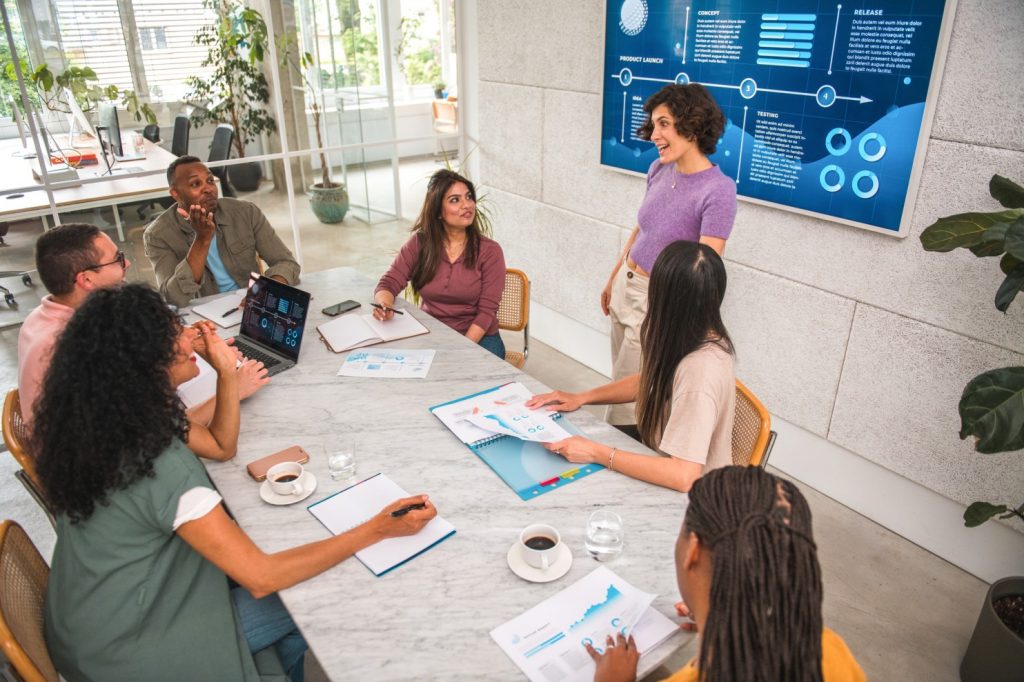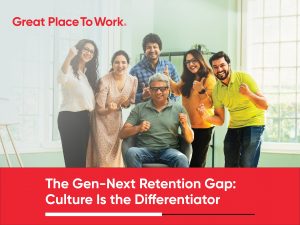Reading Time: 4 minutes
In the dynamic landscape of modern workplaces, diversity and inclusion stand as pillars of progress, shaping organizations into vibrant, innovative, and empathetic spaces. Acknowledging the significance of embracing diversity and Equality isn’t just a moral obligation; it’s a strategic imperative. In this blog, we delve into the multifaceted dimensions of building an inclusive workplace, exploring the nuances of understanding, the challenges faced, and comprehensive strategies that can transform workplaces into havens of DEIB.
Understanding Diversity and Inclusion
Diversity extends far beyond visible differences. It encompasses a spectrum of identities – race, gender, ethnicity, sexual orientation, age, and abilities. It’s about recognizing and embracing an organization’s rich tapestry of humanity.
Inclusion goes a step further, acknowledging that more than diversity is needed. It’s about fostering an environment where everyone feels valued, respected, and empowered. Inclusion dismantles barriers, ensuring that diverse voices are heard and actively welcomed.
Challenges in Building an Inclusive Workplace
Building an inclusive workplace fosters diversity, equality, and a sense of belonging among employees. However, there are several challenges that organizations often face in achieving this goal.
Unconscious Bias
Unconscious biases are automatic, ingrained attitudes or stereotypes about certain groups of people. This can influence decision-making processes, leading to unfair treatment and exclusion of specific individuals or groups.
Lack of Diversity and Representation
This refers to the team being limited in race, gender, age, sexual orientation, and other demographic factors. Lack of diversity hampers the creation of an inclusive environment, as different perspectives and experiences are essential for fostering inclusivity.
Inequitable Policies and Practices
These refer to policies or practices that unintentionally discriminate against specific groups. Biased policies or practices, even if unintentional, can lead to unequal opportunities and treatment, creating divisions within the workforce.
Inadequate Diversity and Inclusion Training
With proper training, employees may be aware of their biases and understand the experiences of others, hindering the development of an inclusive culture.
Resistance to Change
Resistance to diversity and inclusion initiatives, whether from employees or leadership, poses a significant challenge. This resistance hampers the effective implementation of inclusive policies and practices, impeding organizational progress. Overcoming this challenge requires raising awareness, education, and fostering understanding to create an inclusive workplace where everyone feels valued and respected.
Inclusive Leadership Gap
The lack of inclusive leadership skills and behaviors among managers and executives deepens the challenge of building an inclusive workplace. Inclusive leaders play a pivotal role in setting the tone for the organization, modeling inclusive behaviors, and integrating diversity and inclusion efforts into the organizational culture. Their ability to embrace and champion these values is essential for creating an environment where diversity is celebrated, and all employees feel valued and included.
Microaggressions and Harassment
Microaggressions subtle discriminatory actions, create hostile workplace environments, especially for marginalized individuals. This challenge undermines inclusivity efforts, making it crucial to raise awareness and foster a culture of respect and acceptance in the workplace.
The Multifaceted Approach Towards Building an Inclusive Environment
1. Education and Training: Conduct regular diversity and inclusion training programs to raise awareness about unconscious biases, microaggressions, and inclusive behaviors.
2. Leadership Commitment: Ensure leadership is actively committed to diversity and inclusion initiatives, setting an example by promoting inclusive practices at all levels of the organization.
3. Policy Review: Regularly review policies and procedures to identify and eliminate biases. Ensure that all policies promote fairness, equality, and inclusivity.
4. Promote Inclusive Leadership: Train managers and executives in inclusive leadership skills, encouraging them to foster an inclusive team culture.
5. Encourage Open Communication: Create a safe space for employees to voice concerns and provide feedback. Address reported incidents promptly and transparently.
6. Promote Diverse Representation: Actively recruit and promote individuals from diverse backgrounds, ensuring representation at all levels of the organization.
7. Support Employee Resource Groups: Establish and support employee resource groups (ERGs) representing various demographics, providing a platform for networking and support.
8. Mentorship and Sponsorship Programs: Implement mentorship and sponsorship initiatives to support the career growth of underrepresented employees.
9. Inclusive Benefits: Offer benefits and resources that cater to the diverse needs of employees, including parental leave, mental health support, and accommodations for individuals with disabilities.
10. Regular Evaluation: Continuously assess the effectiveness of diversity and inclusion initiatives, seeking employee feedback and adjusting strategies accordingly.
11. Collaborate Externally: Engage with external organizations, attend workshops, and collaborate with experts to gain insights into best practices for fostering inclusivity.
12. Promote Allyship: Encourage employees to be allies, promoting understanding and support for colleagues from diverse backgrounds.
By implementing these strategies, organizations can create a more inclusive workplace where all employees feel valued, respected, and empowered to contribute their best work. By embracing the DEIB initiatives, we can forge workplaces that reflect the world’s diversity and serve as beacons of Equality, Understanding, and harmony. Visit us here to learn more.









